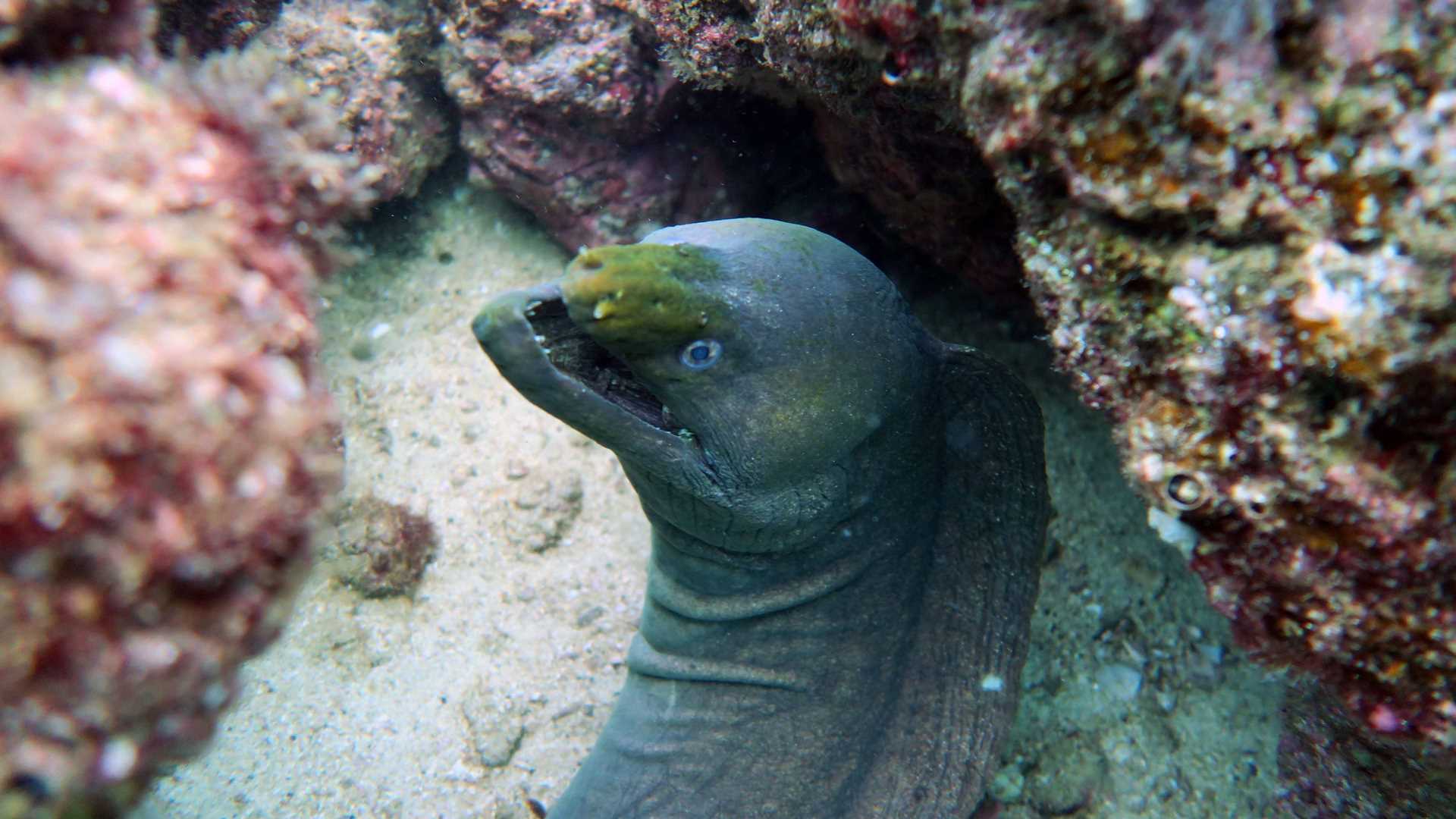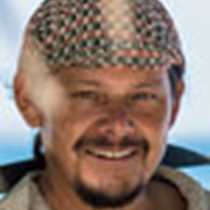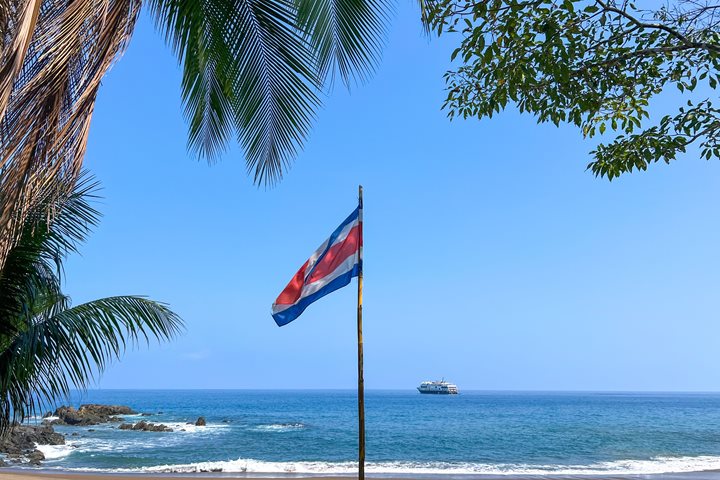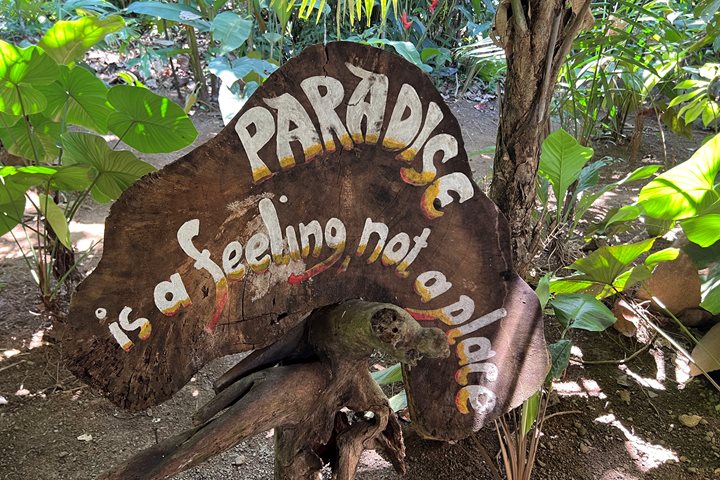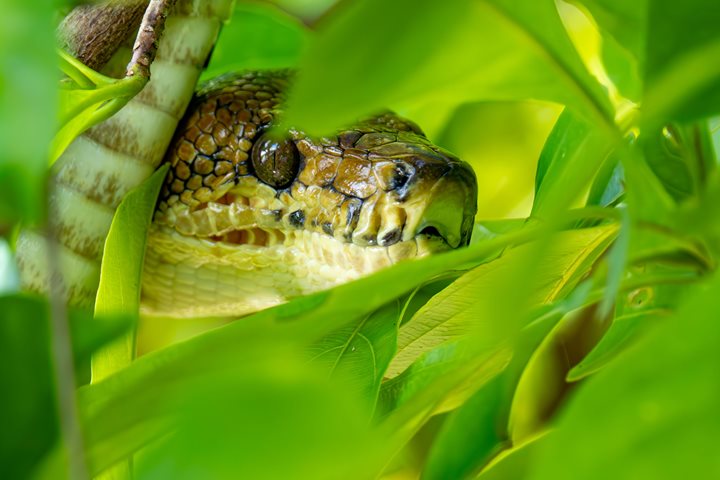After leaving Costa Rica and covering 120 nautical miles, the National Geographic Sea Lion arrived to our first stop in Panamanian waters, Coiba National Park. The park is one of the most iconic marine parks in Panama. It’s to protect the most important coral reef in the Eastern tropical Pacific. This park is part of the Marine Life Corridor which also includes the Malpelo and Gorgona islands in Colombia, Galapagos Islands in Ecuador and Cocos Island in Costa Rica. Coiba Island is a former penal colony, and because of its former use maintained the ecosystem quite intact; the indigenous flora and fauna among which the coral reef is, without any doubt, the most relevant ecosystem.
This morning, after breakfast, we began disembarking in Granito de Oro. Here we were ready to enjoy two main activities. The first wave of guests joined the kayaking outing. We covered a pretty good distance from Granito to the main ranger station, we were lucky as we had a semi over casted sky which made it more pleasant. We got the chance to see spotted eagle rays, green sea turtles and frigate birds along the Kayak activity. Once we were done quickly the shuttle Reposition the kayakers back to Granito de Oro were they joined the rest of the guess many of which were already snorkeling.
The first part of the day was fantastic at Granito de Oro in its perimeter the guests were able to see a lot of marine life within the corals. Cortez angel fish, green morays, several species of jack fish and even two species of Sea turtles where few of many other beautiful marine life founded.
At middle of the day with all guests on board of National Geographic Sea Lion we continue our voyages towards the heart of Panama. In the late afternoon Deibys, our Panamanian Naturalist, gave us an official welcome to Panama by given us a talk about the history of Panama. Essential information needed in order to grasp the past, present and possible future of this key nation within the Isthmus of Central America.

